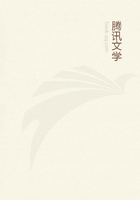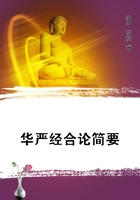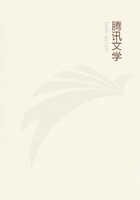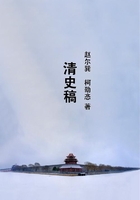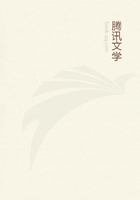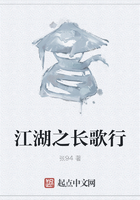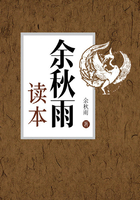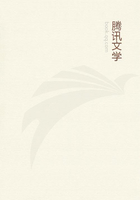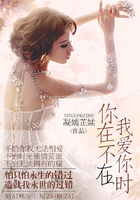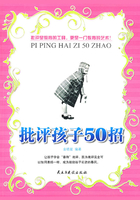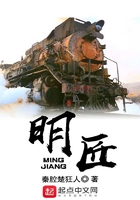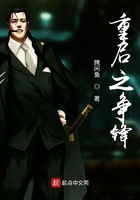The case of the spoons is typical. The superior gratification derived from the use and contemplation of costly and supposedly beautiful products is, commonly, in great measure a gratification of our sense of costliness masquerading under the name of beauty. Our higher appreciation of the superior article is an appreciation of its superior honorific character, much more frequently than it is an unsophisticated appreciation of its beauty. The requirement of conspicuous wastefulness is not commonly present, consciously, in our canons of taste, but it is none the less present as a constraining norm selectively shaping and sustaining our sense of what is beautiful, and guiding our discrimination with respect to what may legitimately be approved as beautiful and what may not.
It is at this point, where the beautiful and the honorific meet and blend, that a discrimination between serviceability and wastefulness is most difficult in any concrete case. It frequently happens that an article which serves the honorific purpose of conspicuous waste is at the same time a beautiful object; and the same application of labor to which it owes its utility for the former purpose may, and often does, give beauty of form and color to the article. The question is further complicated by the fact that many objects, as, for instance, the precious stones and the metals and some other materials used for adornment and decoration, owe their utility as items of conspicuous waste to an antecedent utility as objects of beauty.
Gold, for instance, has a high degree of sensuous beauty very many if not most of the highly prized works of art are intrinsically beautiful, though often with material qualification; the like is true of some stuffs used for clothing, of some landscapes, and of many other things in less degree.
Except for this intrinsic beauty which they possess, these objects would scarcely have been coveted as they are, or have become monopolized objects of pride to their possessors and users. But the utility of these things to the possessor is commonly due less to their intrinsic beauty than to the honor which their possession and consumption confers, or to the obloquy which it wards off.
Apart from their serviceability in other respects, these objects are beautiful and have a utility as such; they are valuable on this account if they can be appropriated or monopolized; they are, therefore, coveted as valuable possessions, and their exclusive enjoyment gratifies the possessor's sense of pecuniary superiority at the same time that their contemplation gratifies his sense of beauty. But their beauty, in the naive sense of the word, is the occasion rather than the ground of their monopolization or of their commercial value. "Great as is the sensuous beauty of gems, their rarity and price adds an expression of distinction to them, which they would never have if they were cheap." There is, indeed, in the common run of cases under this head, relatively little incentive to the exclusive possession and use of these beautiful things, except on the ground of their honorific character as items of conspicuous waste. Most objects of this general class, with the partial exception of articles of personal adornment, would serve all other purposes than the honorific one equally well, whether owned by the person viewing them or not; and even as regards personal ornaments it is to be added that their chief purpose is to lend 衢醕lat to the person of their wearer (or owner) by comparison with other persons who are compelled to do without. The aesthetic serviceability of objects of beauty is not greatly nor universally heightened by possession.
The generalization for which the discussion so far affords ground is that any valuable object in order to appeal to our sense of beauty must conform to the requirements of beauty and of expensiveness both. But this is not all. Beyond this the canon of expensiveness also affects our tastes in such a way as to inextricably blend the marks of expensiveness, in our appreciation, with the beautiful features of the object, and to subsume the resultant effect under the head of an appreciation of beauty simply. The marks of expensiveness come to be accepted as beautiful features of the expensive articles. They are pleasing as being marks of honorific costliness, and the pleasure which they afford on this score blends with that afforded by the beautiful form and color of the object; so that we often declare that an article of apparel, for instance, is "perfectly lovely," when pretty much all that an analysis of the aesthetic value of the article would leave ground for is the declaration that it is pecuniarily honorific.

